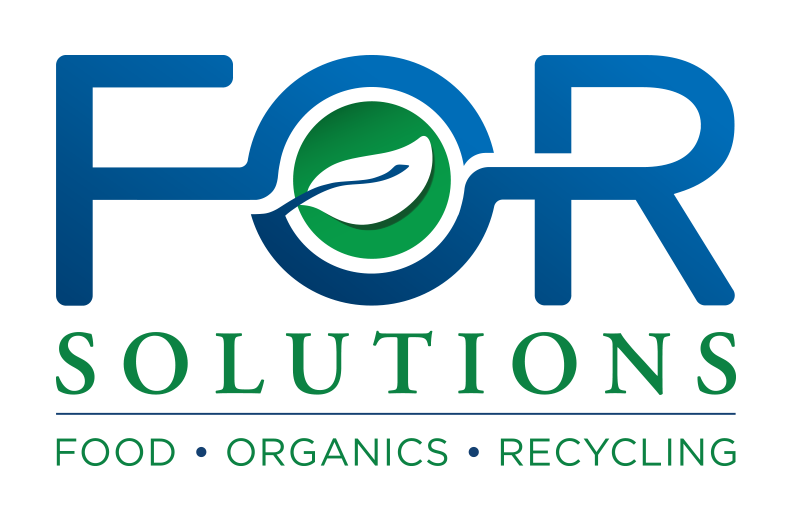The Goldilocks Hypothesis of Food Composting
There are some situations in life where bigger is often better. Examples include a left offensive tackle in the NFL or a center in the NBA. There are other examples when smaller is often better. Examples include jockeys and gymnasts. For life in general, however, it comes down to the Goldilocks concept: not too big and not too small, just right! When it comes to food recovery and composting, if it necessary to err, it is far more advantageous to err on the side of too small than too big. Such is the position convincingly articulated by the Institute for Local Self-Reliance in its publication Pay Dirt: small-scale, local, decentralized composting operations are the preferred and most sustainable option. And, they have the greatest job-creation potential.
Unfortunately, the movement to mainstream food recovery and composting suffered another black-eye with the closure of Peninsula Compost’s Wilmington Organic Recycling Center. This model was not sustainable from the outset. Evidence for this includes the fact that some generators of uneaten food from as far away as Bergen County, NJ, the most northeastern county in the state and approximately 135 miles from Wilmington, DE, were nonetheless trucking their discards to that facility. The fuel burned to transport the discards that distance and the associated polluting emissions alone call into question the environmental benefits of such efforts. Second, massive windrowing technology regardless of whether or not it is aerated and/or covered with a special liner simply is not appropriate technology for the digestion of uneaten food.
There is an old aboriginal saying from peoples in Southeast Asia: if you take nature as your teacher, you will never be wrong. That is the foundation of the FOR Solutions systems! The human body is capable of digesting an entire Thanksgiving gorging in less than 24 hours. So, any composting technology that takes months to digest what nature has demonstrated may be digested in a day is probably not taking its cues from nature. When it comes to leaves, twigs, branches, and other plant debris, nature often takes several seasons to recycle that matter. Not so, when it comes to food substances. Fruits and vegetables often begin the process of recycling before they are even harvested. There is no waste in nature and timing is everything. No potentially useful storehouse of nutrients is allowed to whither on the vine for any longer than the absolute shortest period necessary to complete the task of recycling the matter for its next use. Nature is too efficient for that!
FOR Solutions patented aerobic in-vessel rotary drum composting technology takes its cues from nature. Our volume-reducing shredder represents our teeth, which crush, cut, and grind our food in preparation for further digestion. Our enclosed screw auger represents our esophagus, which efficiently conveys the shredded food and organics to the next step of digestion. Our rotary drum represents our stomach and intestines. We don’t need to introduce any bacteria to breakdown the food, because they are already in it! We don’t need to introduce any enzymes either because nature has already designed our bodies to provide that service, which is why they are more efficient than composting systems. Very important is that our bodies do not simply use enzymes or genetically modified bacteria to liquefy what we eat so that all we discharge is waste water! Our discharge port represents, well, I’m sure you get the idea!
Recovery and composting of uneaten food is perhaps the most quintessential example of sustainability in action, but only if we follow nature’s cues and do it as she has for billions of years. Human ingenuity has allowed us to exploit more fully nature’s strategy for utilizing the nutrients in uneaten food through the process of composting. By creating optimal environments for microbes to perform the digestion, such as in a FOR Solutions aerobic in-vessel rotary drum system, we are poised to advance a more sustainable management strategy for uneaten food.


